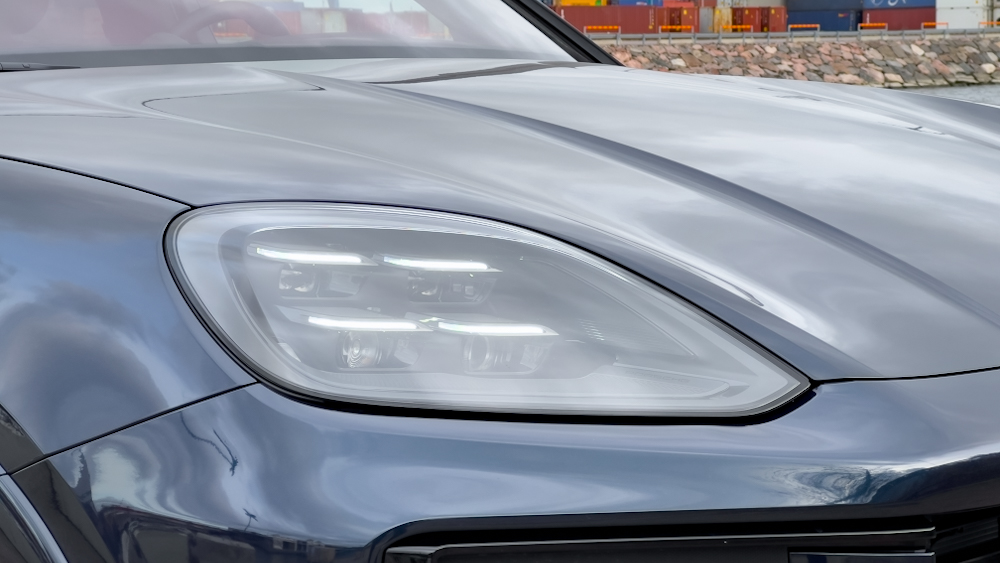If the task was to find the CEO of a company a new SUV with green emission standards or a quality charging hybrid with excellent driving characteristics and higher ground clearance, the Porsche Cayenne would certainly be at the top of most people’s rankings.
The Cayenne, which received a facelift last year and is still in its third generation, has been upgraded not only in terms of interior design, but also in terms of the hybrid model with improved electric range.
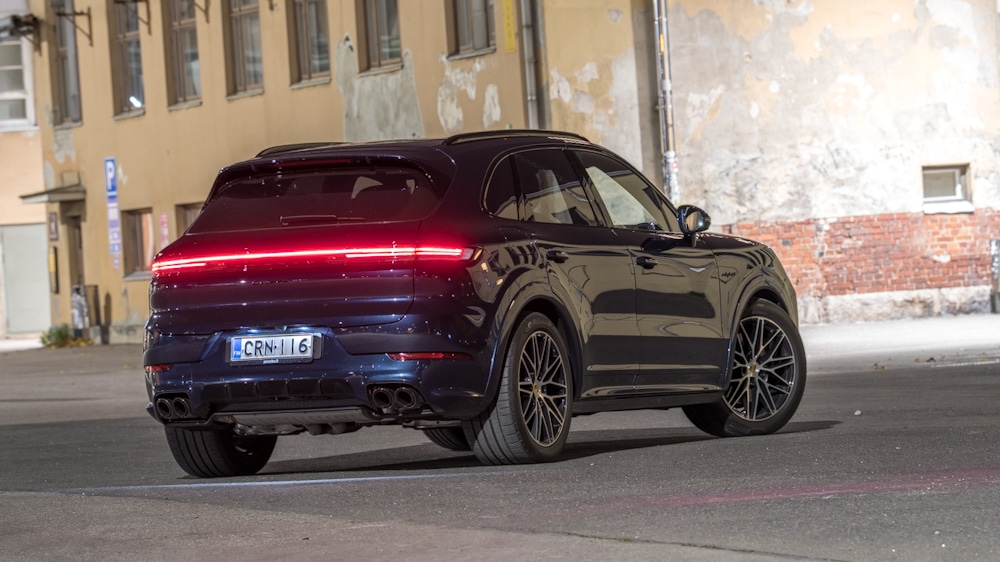
Compared to the early models, the Cayenne has also gained a great deal of design harmonisation over the years. The first models were not initially recognisable, or perhaps even wanted to be recognised, as a novelty from the legendary sports car brand.
The tall, even clumsy-looking SUV just didn’t initially fit into Porsche’s range of models in terms of looks – when it comes to design, the brand’s timeless 911 models spring to mind. However, the Cayenne fulfilled Ferry Porsche’s predictions of sales success, as the first-generation Cayenne became the best-selling model in the brand’s history.
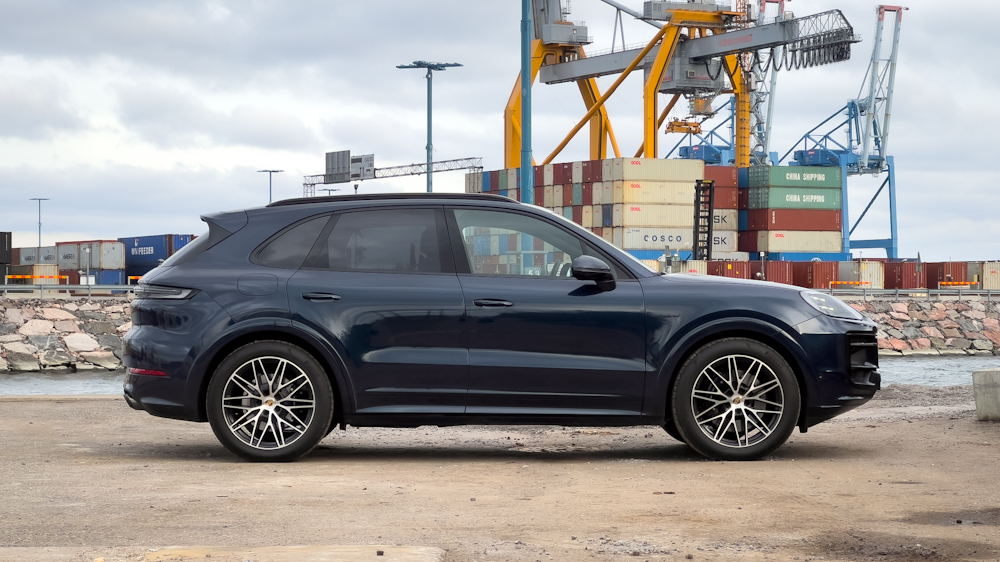
Not so now. The eye and the mind have become accustomed to the concept of the elevated Porsche, and the third-generation Cayenne has much more streamlined lines and the brand’s typical styling than its predecessors – as well as the manufacturer’s iconic design language can be embedded in a five-metre SUV.
In fact, the current Cayenne is one of the most stylish SUVs compared to its competitors, in terms of looks alone.
This time, the comparison ignores the price and focuses on the looks of models in the same size class. There are few competitors in the SUV category, where the starting price is well over EUR 100 000, taking into account the tax breaks offered by the manufacturer for low emissions.
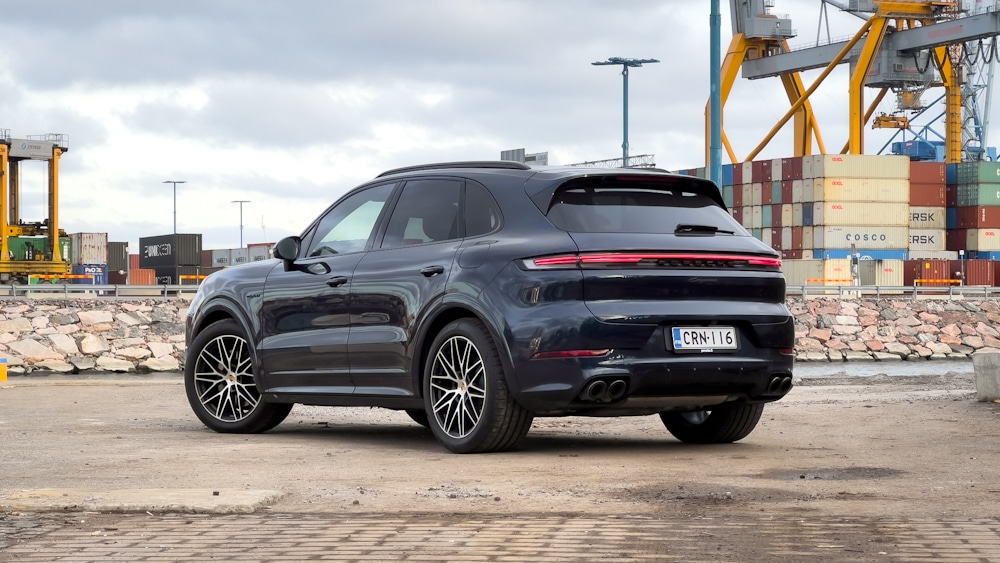
In addition to the test-driven SUV model, the Cayenne Coupé is also available in a sportier and more linear shape. The roofline drops much more gently in the coupé model and the boot space has to be reduced by just under a couple of hundred litres.
The Cayenne is spacious inside with both rows of seats, and the more traditional SUV in the test drive has a comfortable 545-627 litres of boot space, depending on how you measure it. The floor of the boot rises gently towards the rear seat backs by a few centimetres, but the floor itself is flat.
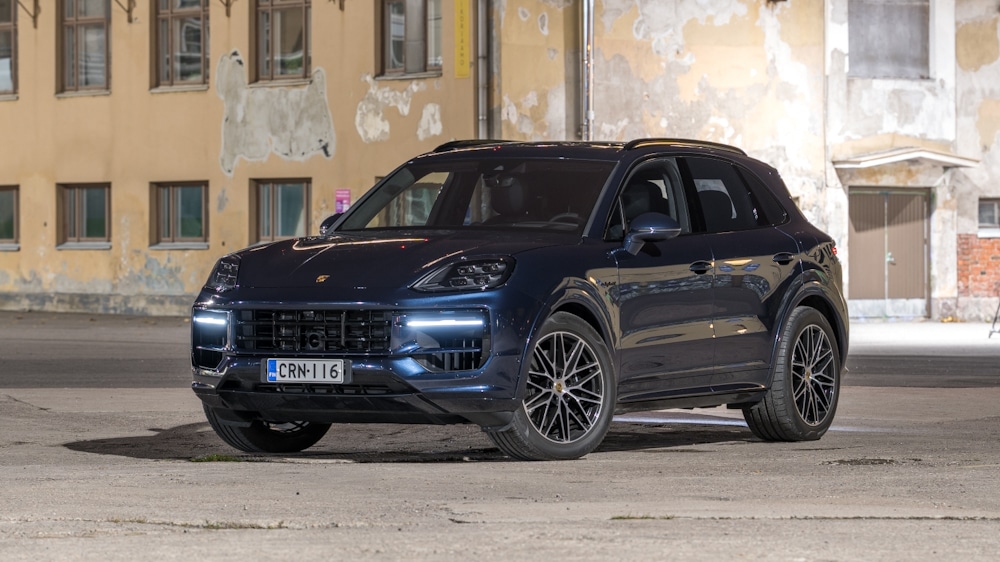
Under the floor is a small space for charging cables and the fully automatic tow hook comes out at the push of a button. Loading can be made easier by raising or lowering the air suspension directly from the boot at the touch of a button.
More electric kilometres
Of course, the new Cayenne E-Hybrid is all about the driving itself and the updated electric range. Technically, the hybrid model is powered by a three-litre, six-cylinder petrol engine, while electric propulsion is provided by a 130-kilowatt electric motor.
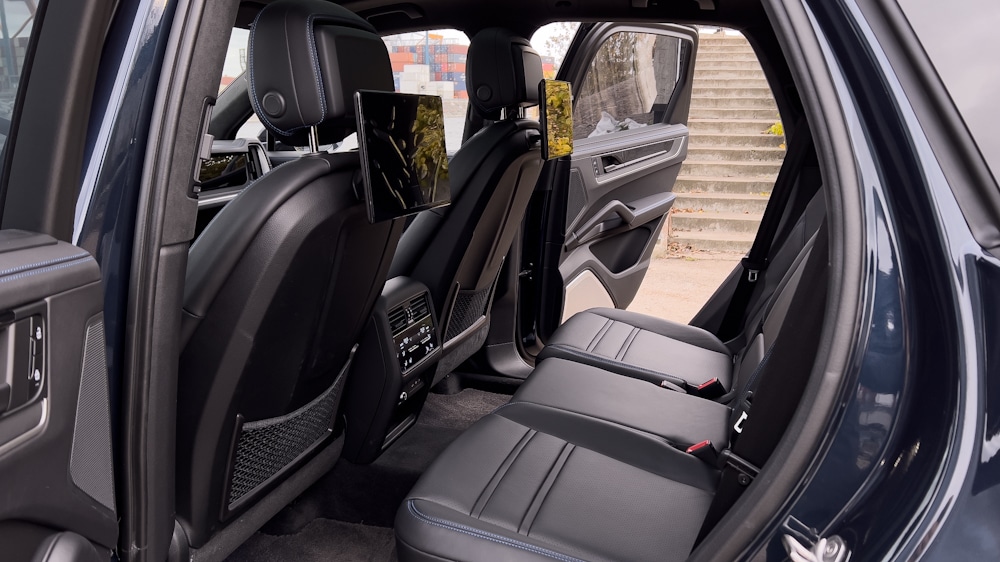
Driving on electric power alone, there seems to be enough power to propel a large car in normal driving, and the great thing is that without an internal combustion engine you can easily drive up to 135 km/h.
In the upgraded hybrid Cayenne, the available capacity of the traction battery is 21.8 kWh and the AC charging power has increased to 11 kilowatts. With a full battery and at 100 km/h, 61 electric kilometres were covered in an ambient temperature of a few degrees above zero.
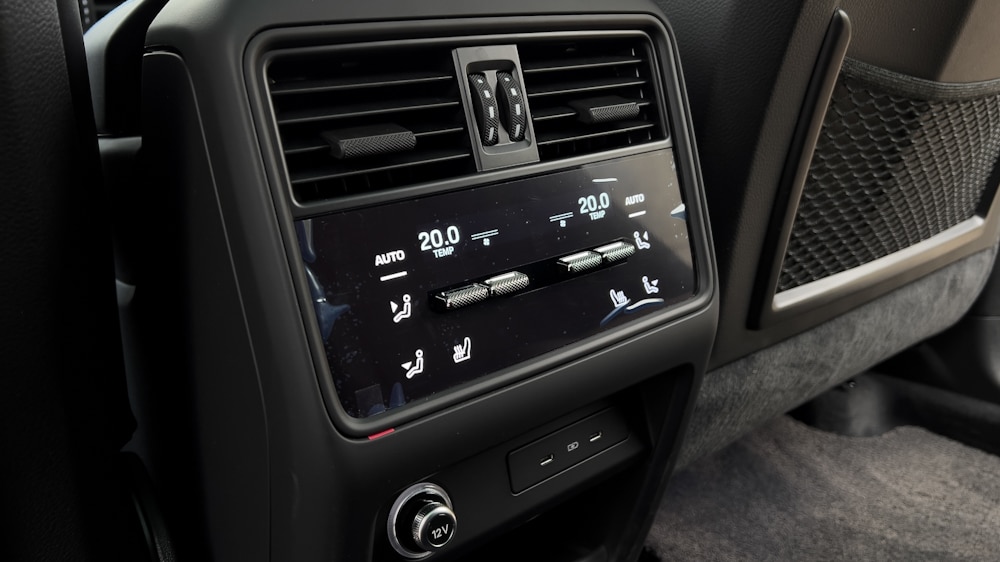
Measured in kilometres, the electric range is reasonable and good enough for many city trips, but the consumption figure of 34.3 kWh/100 km is on the high side. After running out of electricity and driving with the internal combustion engine alone, the highway consumption rose to 10.5 litres. In mixed driving, the internal combustion engine consumption drops below 10 litres without the aid of electricity.
Given the car’s two-and-a-half-tonne weight and power output, it’s pointless to hope that the Cayenne will run on holy spirit alone. The car’s cumulative electricity consumption figure was 33.8 kWh/100 km over a period of just over 1000 km at an average speed of 37 km/h.
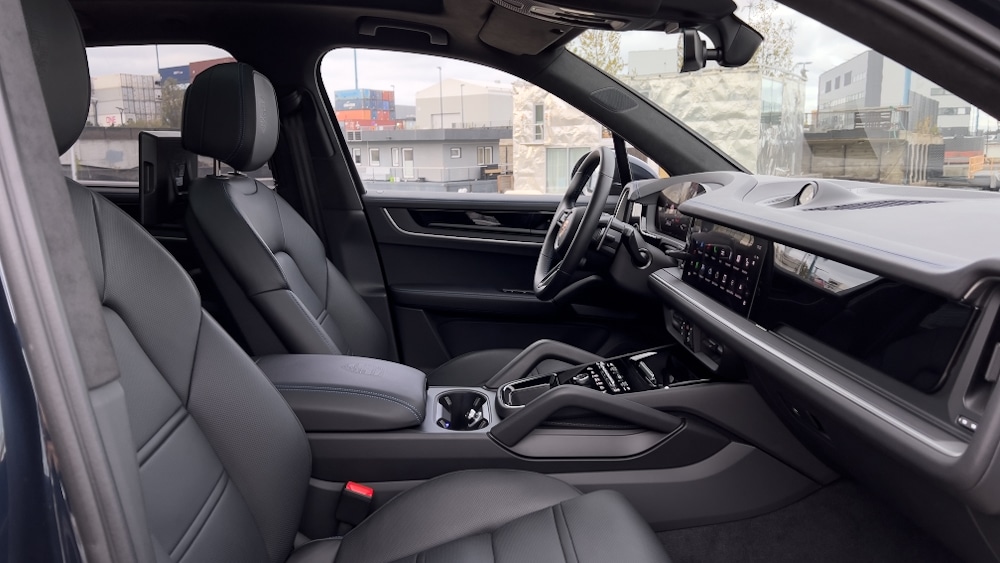
Driving on electricity alone, the journey couldn’t get much more comfortable and quiet. The car’s air-suspended chassis and excellent soundproofing make for a very relaxing journey. As is typical of the brand, the details and materials are of high quality, so quality-conscious drivers get value for money for the car’s high price.
It should also be mentioned that the HD-Matrix LED headlights, which were an option on the test car for almost 3,000 euros, added a new dimension to driving in the dark. Tens of thousands of micro LEDs per headlight illuminate the front sector up to 600 metres at best, and automatic dimming functions for co-drivers work like a charm. Four-wheel steering, also selected from the options list, makes the chunky Cayenne nimble to handle in urban neighbourhoods.
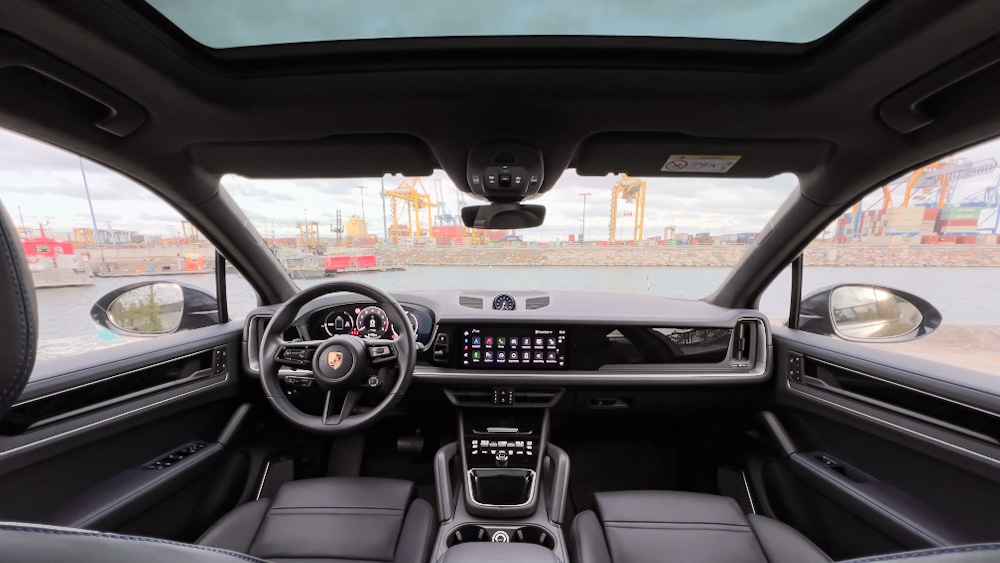
In the redesigned Cayenne, Porsche Driving Experience brings the three screens familiar from the Taycan to the cabin. The Cayenne’s instrument cluster is a 12.6-inch curved display with rounded gauges that can be customized with the information and layout you want.
In the centre of the dashboard is a 12.3-inch screen, and the co-driver now has a real mapmaker’s role, with a third screen (optional) on the driver’s side allowing him to control navigation and media devices, for example.
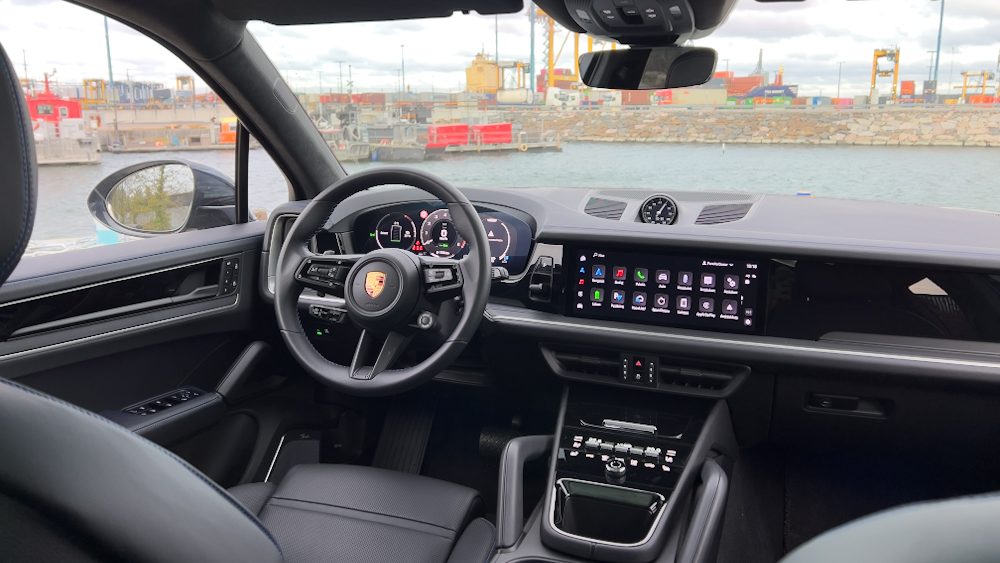
Like the Taycan, the gear selector is on the right-hand side of the steering wheel and no longer on the centre pedal. The upgraded steering wheel features a standard round drive mode selector and the wheels are 20-inch instead of the standard 19-inch.
Enjoyable cornering
Without detracting from the interior upgrades and additional electronic mileage, the Cayenne quickly turns its attention to the ride itself. The real differences in ride feel and refinement become apparent very quickly when compared to more affordable cars of the same size. Despite the raised ground clearance, the Cayenne is capable of handling even on the more twisty stretches.
The air suspension allows you to find your own comfortable ride feel in terms of chassis stiffness and ride height through a range of settings. The differences in settings are subtly noticeable even on the passenger seat when changing the driving mode from Sport to Sport Plus. The response of the accelerator pedal and the 8-speed gearbox become more sensitive and the chassis pulls itself into a noticeably firmer position.
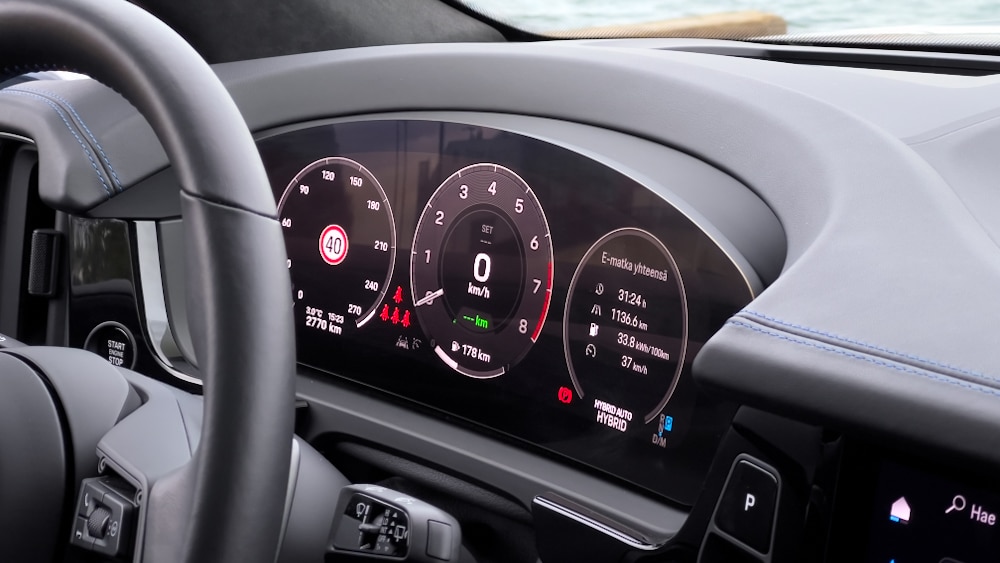
The sound of the Veekutose is becoming a vanishing tradition these days. In the Cayenne E-Hybrid, the maximum power output of the internal combustion engine is “only” 304 hp and peak torque 420 Nm. The power figures for the combustion engine are not on the high end of the scale, but with the help of the electric motor, the combined output rises to a maximum of 470 hp and 650 Newton metres of torque.
The interaction between the combustion engine and the electric motor is, for the most part, so subtle and effortless that it is practically unnoticeable. Zero to 60 is achieved in less than a tenth of a second.
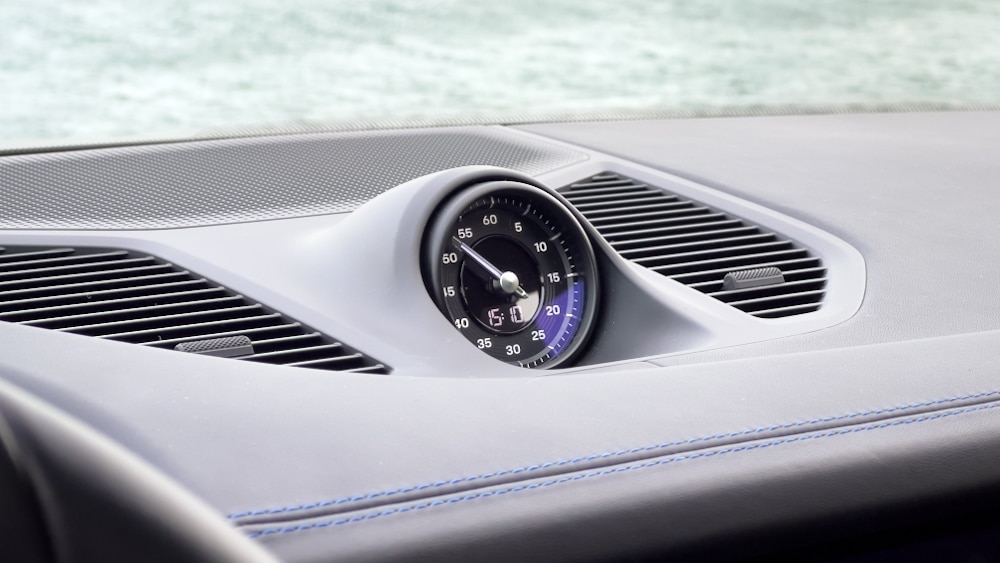
The Cayenne is another great example from Porsche of how, even though the test-driven model is the second tamest in the range in terms of power, there are so many other things that affect the overall feel of the ride, in addition to power. The Cayenne’s handling and driving experience are honed to a fine edge, whether on a straight motorway or a more dynamic twisty road under the tyres, and there are few potential rivals in this category.
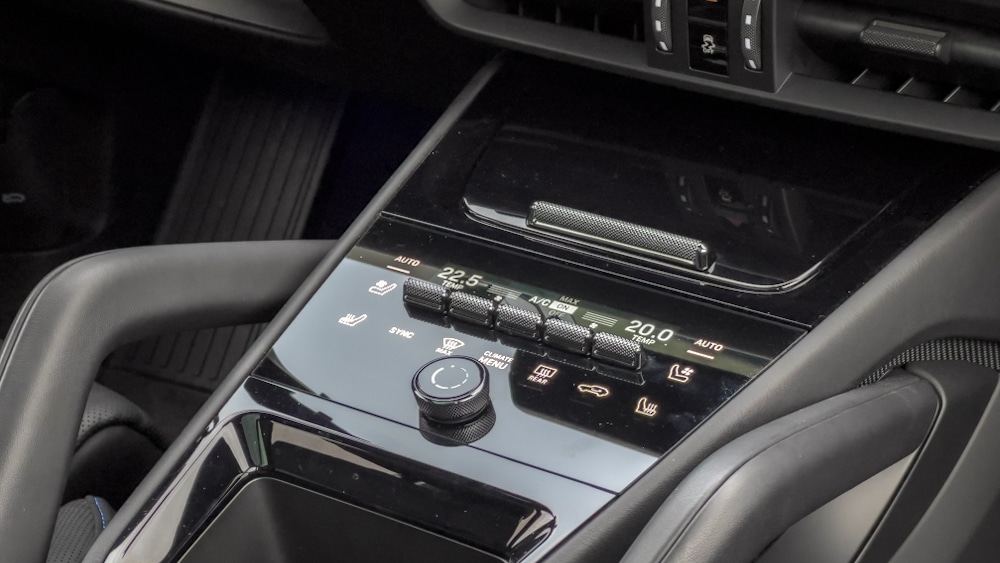
As you can see from the street and the low numbers, the Cayenne is a delicacy for the few, mainly because of its price. The test car was listed almost fully equipped and the price rose to over 180 000 euros. For the money, you get a great, high-quality product from a brand that no other offers.
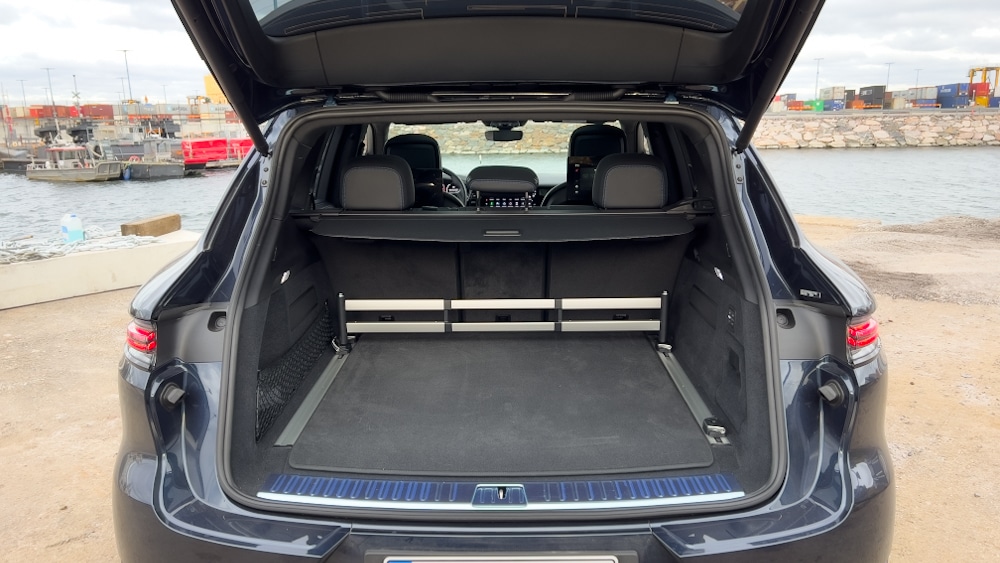
Porsche Cayenne E-Hybrid
- Engine: 2995 cm³, 6-cylinder, petrol
- Combustion engine power: 304 hp / 224 kW @ 5400-6400 rpm.
- Combustion engine torque: 420 Nm. @ 1400-4800 rpm.
- Electric motor power: 130 kW. (176 hp.)
- Electric motor torque: 460 Nm.
- Total maximum power: 346 kW, 470 hp.
- Maximum total torque: 650 Nm.
- Acceleration: 4.9 sec. (0-100 km/h)
- Battery capacity (gross): 25.9 kWh.
- Driving battery capacity (net): 21.8 kWh.
- Manufacturer’s declared combined fuel consumption: 1.6 kWh/100km.
- Manufacturer’s declared range (combined): 66-74 km (WLTP)
- CO₂ emissions: 37 g/km.
- Test fuel consumption: 8.5-11 l/100km.
- Electricity consumption during test drive: 28-36 kWh/100km.
- Test-driven range on a single charge: 61 km (100 km/h)
- Maximum charging power (AC): 11 kW.
- Dead weight: 2500 kg.
- Boot space: 545-627 l.
- Drive mode: four-wheel drive
- Towing capacity (with/without brakes): 750 / 3500 kg.
- Starting price: 117 493 euros
- Price for test drive: € 182 794
